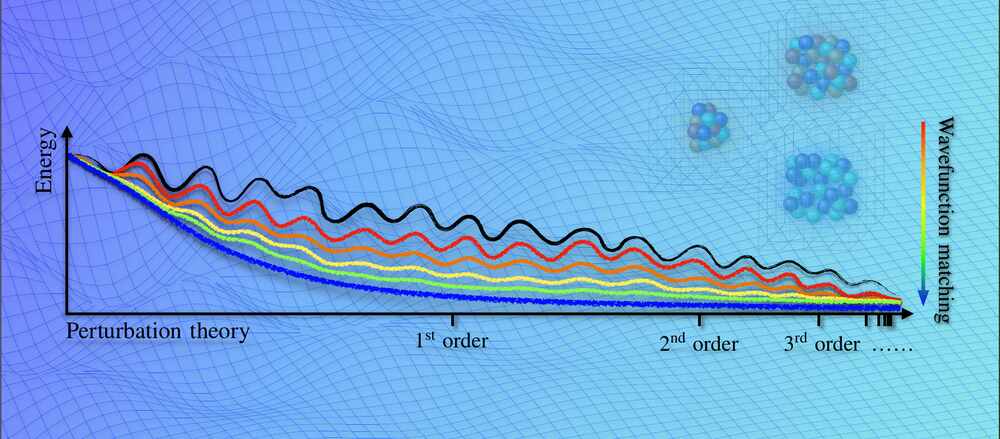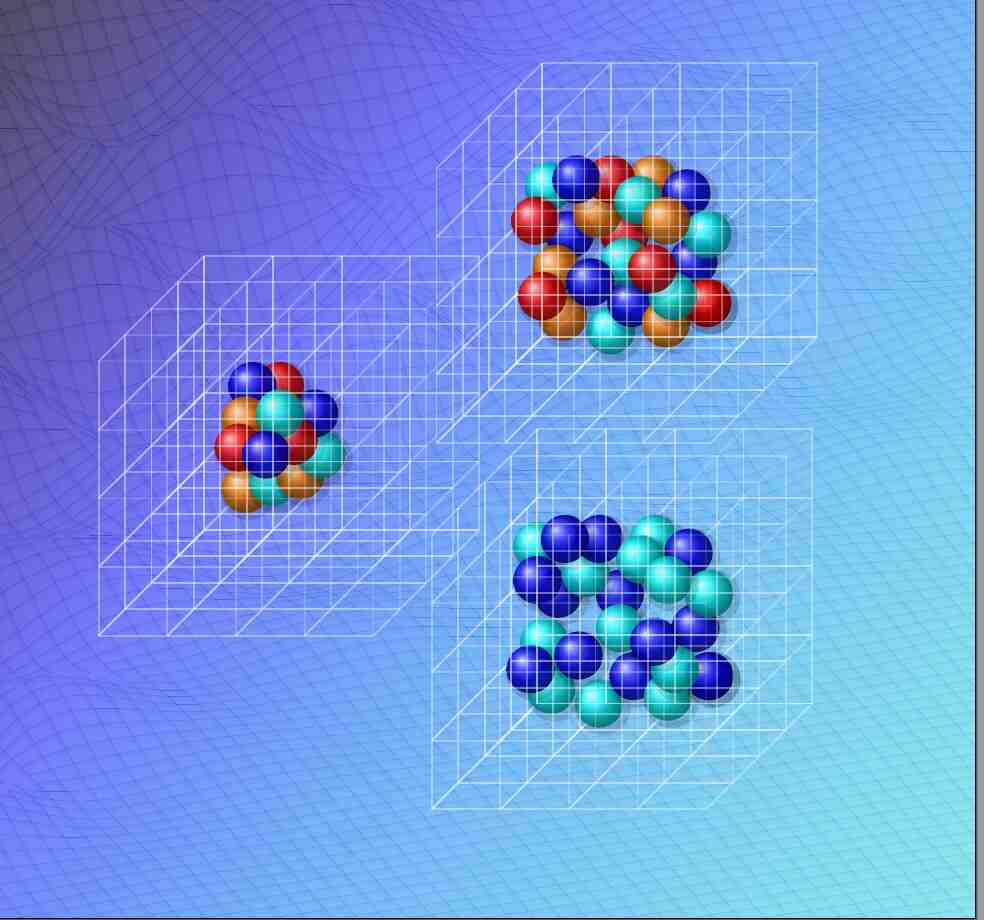THE LATEST
Advancements in supercomputing: Unraveling complex physics problems

In a groundbreaking development, an international research team has made significant strides in addressing a challenging physics problem by leveraging cutting-edge supercomputing techniques. The article, published by the University of Bonn, sheds light on the innovative use of advanced computational methods in unraveling complex quantum many-body systems, offering insights that are poised to reshape the realm of nuclear physics and quantum mechanics.
The research, led by Prof. Ulf-G. Meißner from the Helmholtz Institute for Radiation and Nuclear Physics at the University of Bonn outlines the successful application of a new method known as wavefunction matching. This novel approach aims to overcome the computational challenges inherent in ab initio calculations for systems with complex interactions, particularly in nuclear physics and quantum mechanics.
In the realm of nuclear physics, ab initio methods, which describe systems by understanding their elementary components and interactions, face limitations in conducting reliable calculations for systems with intricate interactions. The method of quantum Monte Carlo simulations, employed in these calculations, holds promise but grapples with a significant obstacle termed the "sign problem," leading to inaccuracies in final predictions. 
The newfound wavefunction matching technique has emerged as a game-changer in addressing this computational predicament. By adeptly mapping complex problems to simpler model systems through wavefunction matching, the research team has paved the way for precise calculations of crucial properties such as atomic nuclei masses and radii. Prof. Meißner highlighted the successful calculation of nuclear properties, demonstrating a remarkable agreement with real-world measurements. This groundbreaking approach has empowered researchers to tackle calculations that were once deemed impossible due to computational obstacles.
Furthermore, the application of wavefunction matching in lattice quantum Monte Carlo simulations for light and medium-mass nuclei, neutron matter, and nuclear matter has yielded results that closely align with empirical data, heralding a new era of computational accuracy and reliability in nuclear physics.
A striking aspect of this research is the collaborative effort encompassing the University of Bonn, Gaziantep Islam Science and Technology University, Michigan State University, Ruhr University Bochum, South China Normal University, and several other esteemed institutions worldwide. The study received funding from prominent entities such as the U.S. Department of Energy, the German Research Foundation, the National Science Foundation of China, and the European Research Council, underscoring the significance of this research on a global scale.
As supercomputing capabilities continue to expand and evolve, the implications of this research extend beyond the realm of nuclear physics. Prof. Meißner emphasized the potential applications of the wavefunction matching technique in classical and quantum computing, foreseeing its utility in predicting properties of topological materials, particularly crucial in the realm of quantum computing.
The utilization of supercomputing resources has been instrumental in driving this transformative research forward. Notably, the computing time on supercomputers was a crucial component of this work, emphasizing the pivotal role of advanced computational infrastructure in addressing intricate physics problems.
The publication of this research signifies a significant milestone in the field of computational physics. The impact of this pioneering approach in addressing longstanding computational challenges sets the stage for further exploration and innovation in the ever-evolving landscape of supercomputing and quantum mechanics.
The strides made by the research team offer a glimpse into the vast potential of supercomputing in unlocking the mysteries of quantum many-body systems, inviting curious minds to ponder the far-reaching implications of this groundbreaking research.
It is always fascinating to witness how advanced computational techniques continue to unravel the complexities of physics, opening doors to new frontiers of knowledge and understanding. As the boundaries of supercomputing continue to expand, the promise of transformative discoveries beckons, inspiring a sense of wonder and curiosity among the scientific community and beyond.
